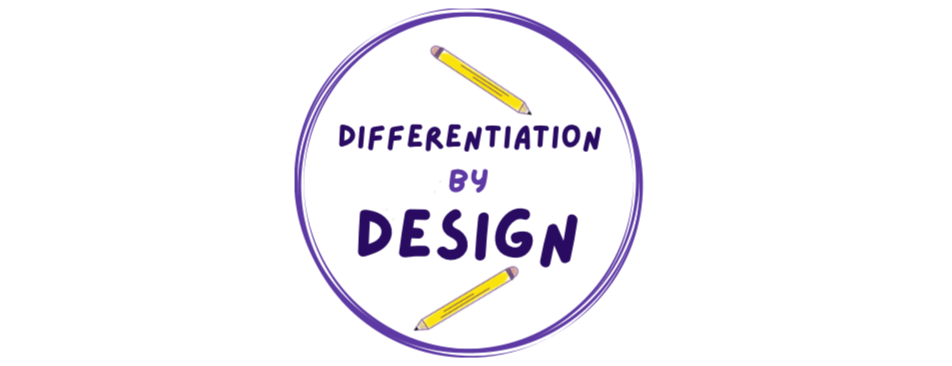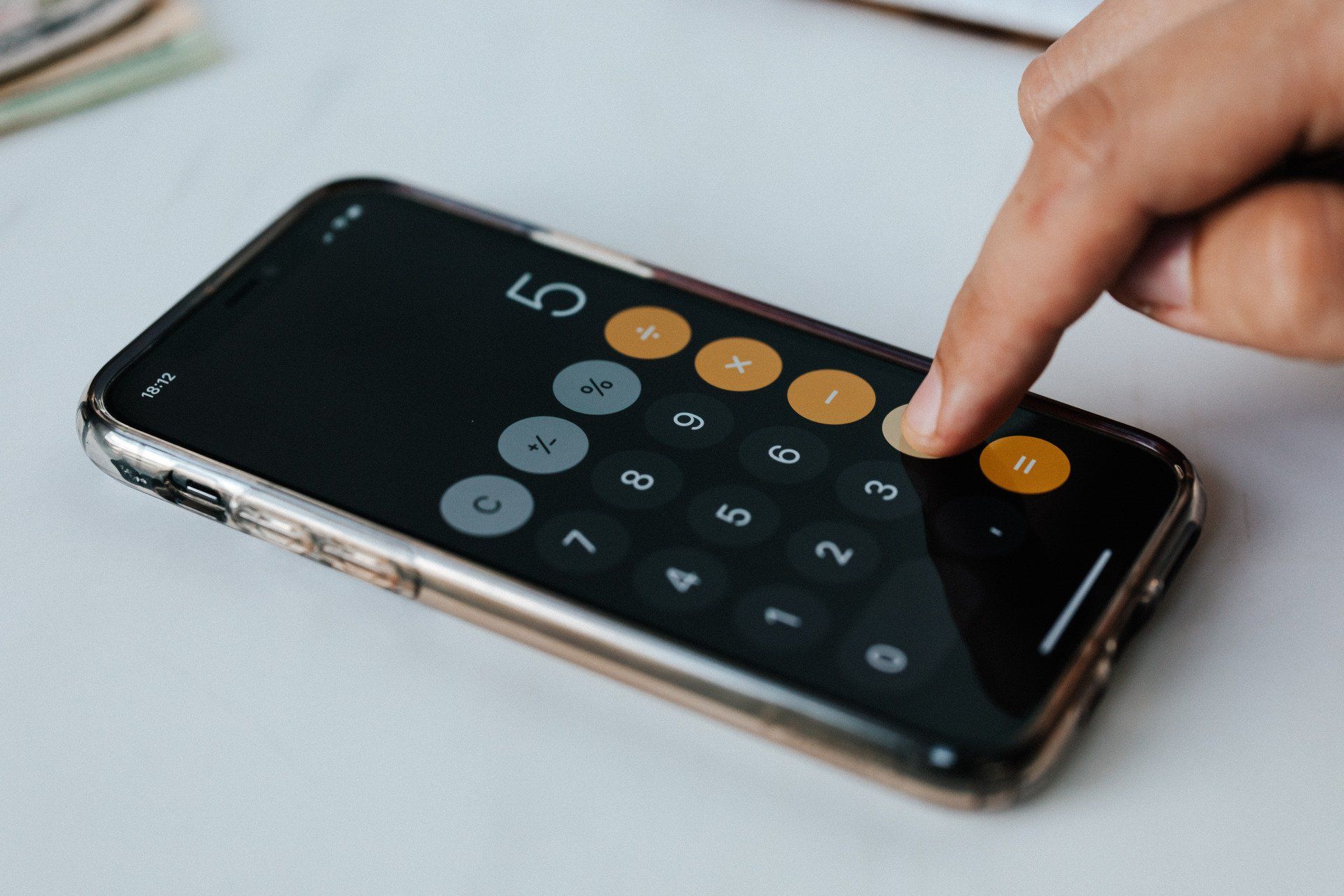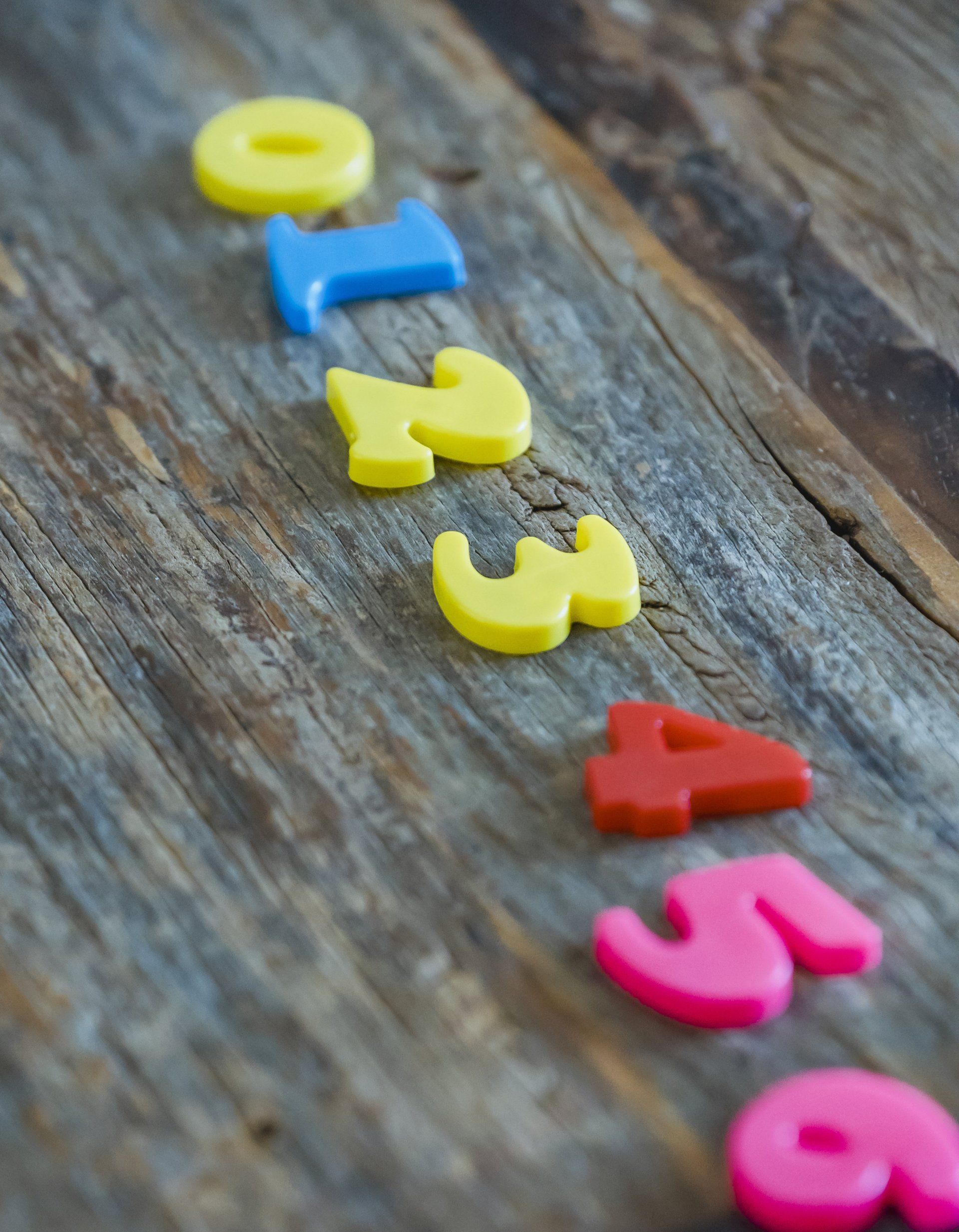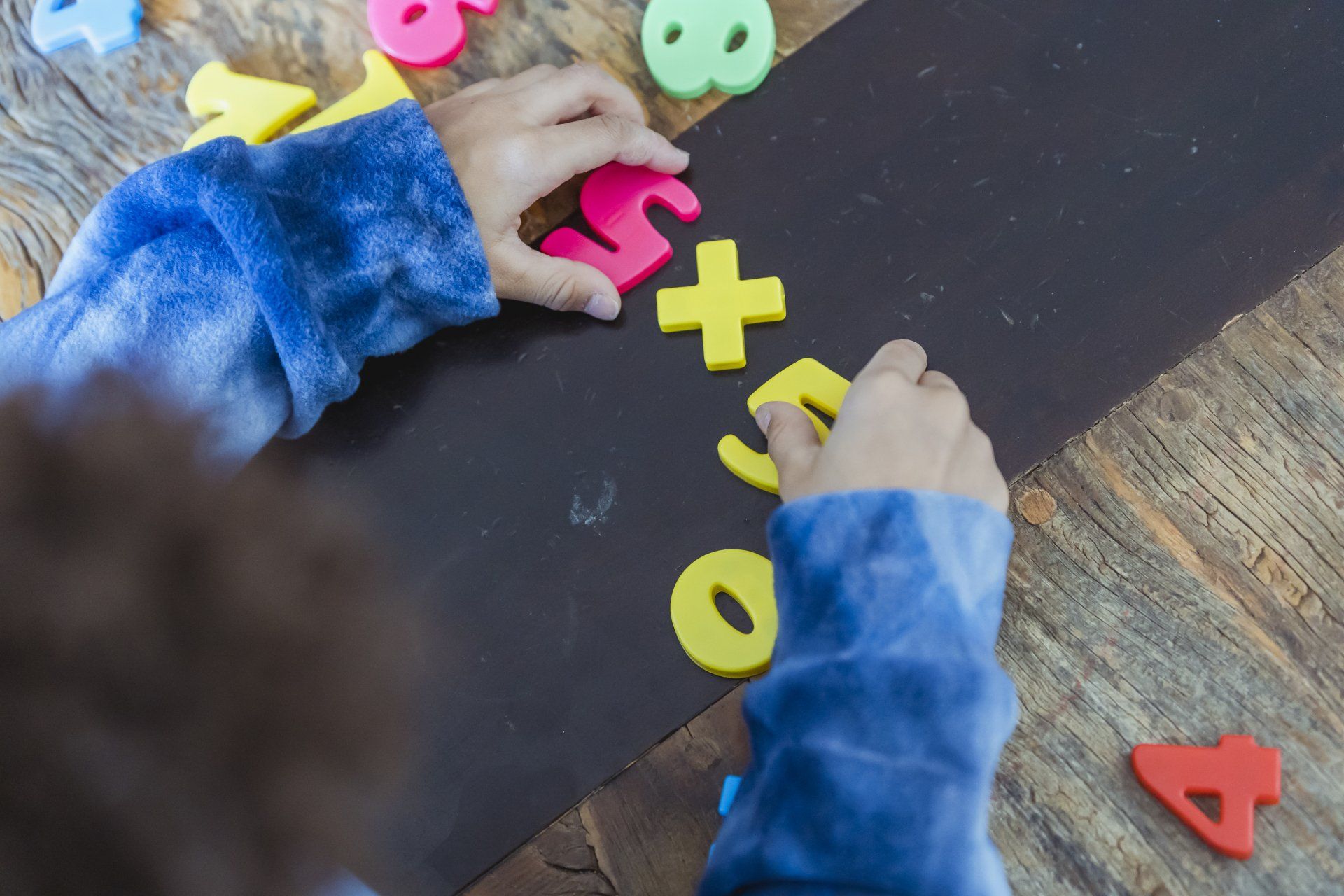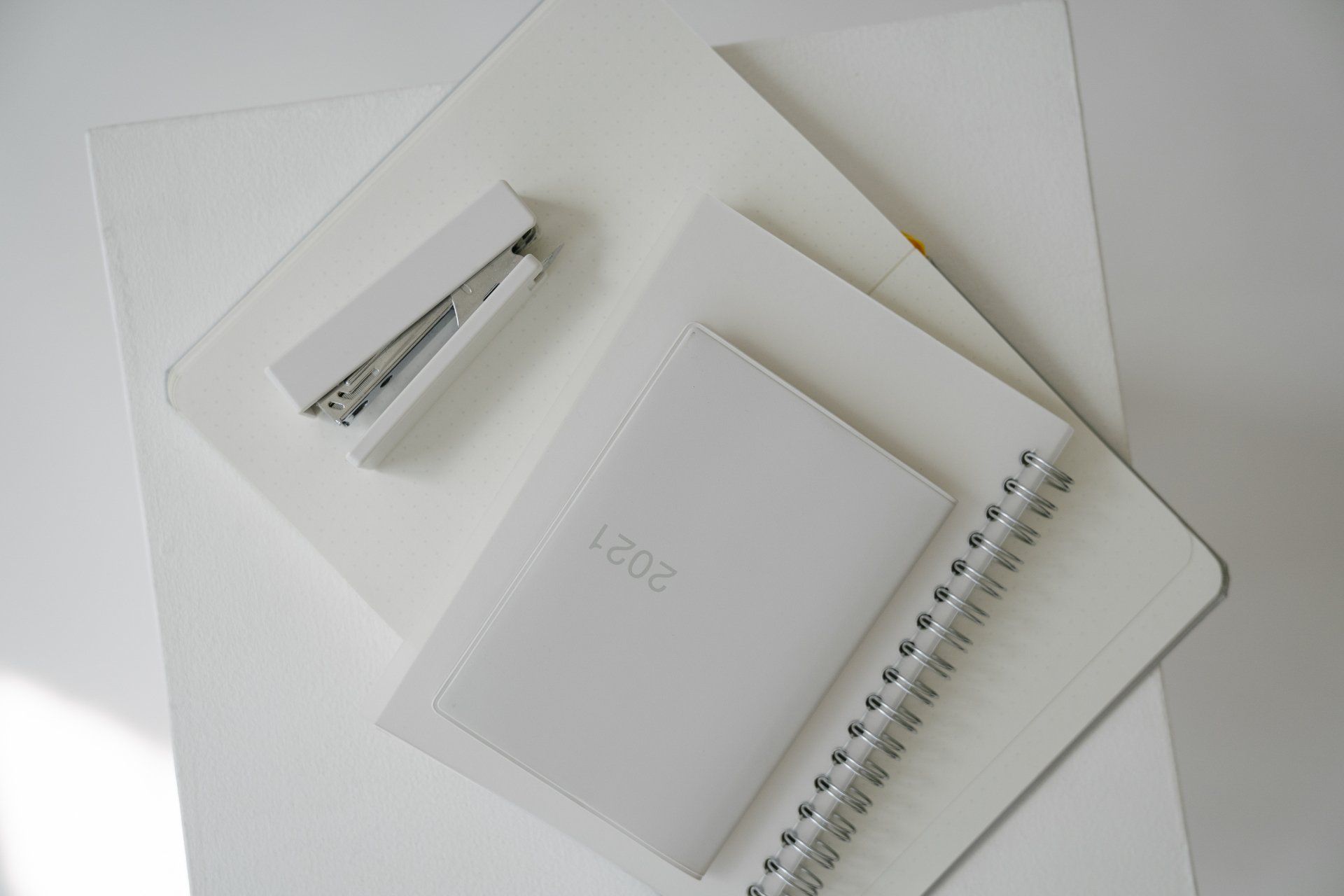Get Organized for the Year in Special Education
Getting Organized!
The New Year is a great time to start making resolutions and one of the more common resolutions that I hear people make is regarding organization. As a special education teacher myself, I understand the importance of having systems and structures to get and stay organized throughout the year. Here are a few full-year systems that I have found to be effective in my classroom and some resources to help maintain those systems:
Master List of Students
- Use Google Sheets, Excel, Numbers, or a similar program to organize your data.
- Create headings at the top of the document. I typically use these: Last Name, First Name, Grade, Annual Review Due Date, Reevaluation Due Date.
- Fill in the data according to your caseload.
- Using the Duplicate feature, make a sheet in which the data is sorted by grade, a separate sheet in which the data is sorted by Annual Review Due Date, and a separate sheet in which the data is sorted by Reevaluation Due Date.
- In looking at each of these sheets, you can input important dates on your calendar. You’ll also have an idea of your priorities moving forward.
Progress Monitoring Binder
- You’ll need a different binder for each type of goal that your students have.
- Write the goal (or a simplified version of the goal) on the front of the binder.
- Inside the binder, compile resources that you’ll use for progress monitoring each time your students need to be assessed. (I’ll talk more about this system in my next blog post also!)
Student Data Binder
- Use one binder for each grade level you work with or separate a large binder into sections for each grade level.
- Print a page for each student that you work with that includes their name and goal(s). Indicate the intervals for progress monitoring for each goal.
- Print data sheets for each goal that the student has.
- As you collect data for students, you’ll be able to file it in their section of the binder and fill out their individualized data sheet.
Plan Ahead! Take 30-60 minutes to sit down and plan out the rest of your year.
- Put a note in your calendar for any grade-level field trips that your students may be attending. Take this opportunity to plan whether you’ll be attending this field trip as a support to any of your students. If not, you may have some extra planning time that day!
- Account for any sick and personal days that you may already have on the calendar. Communicate with teachers and make a note in your calendar to organize your sub plans a few days before.
Resources
Having trouble getting started on putting together a progress monitoring binder? I have several math options already written! Click the link below to see more!
Story Problems Progress Monitoring MEGA Bundle!
